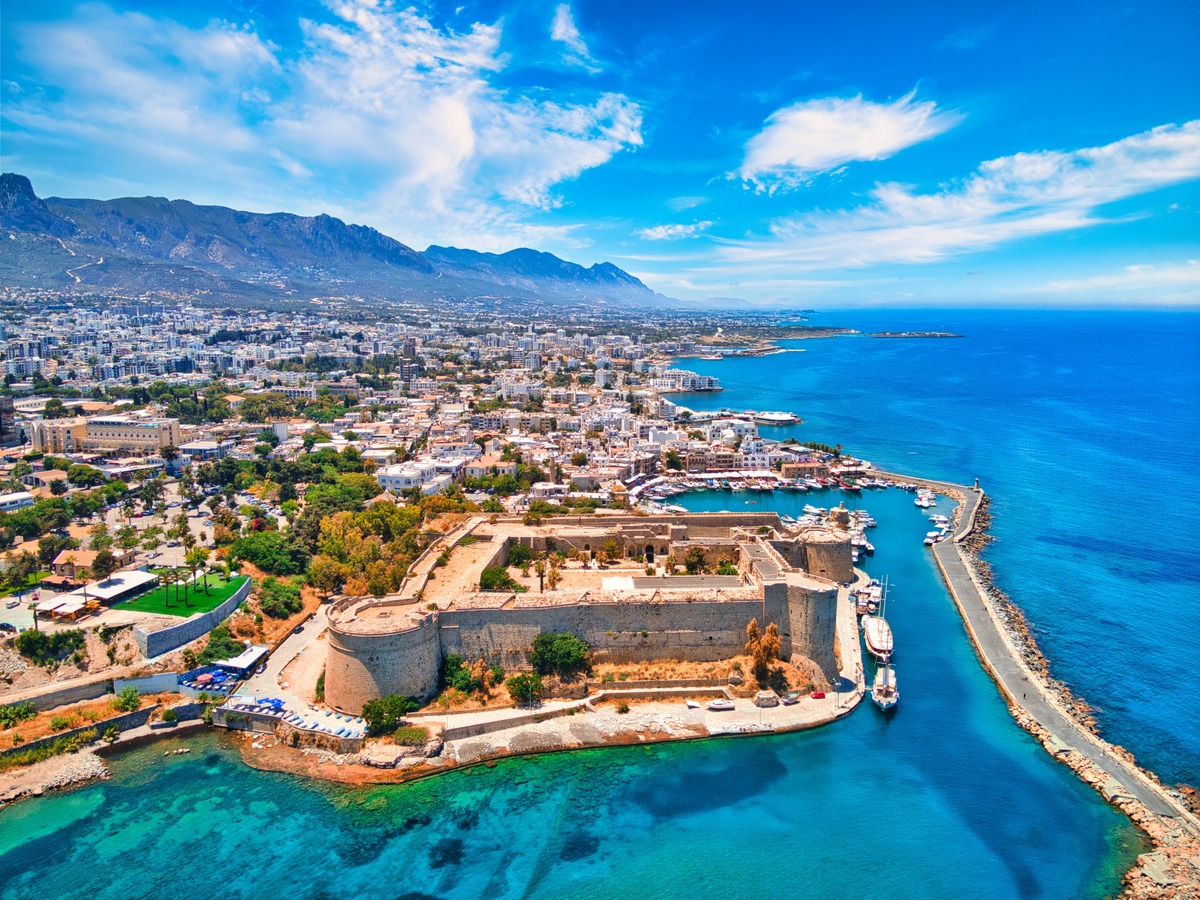
Monte Carlo
In Kyrenia Harbor, along the base of the panhandle-shaped northern coast of Cyprus, a Ferretti 670 cruises past a moored Gulet 27m where a group of swimsuit-clad passengers lounge, cocktails in hand, on a snow-hued sectional sofa. From the deck of the newly docked yacht steps a man in a gray linen suit, the collar of his shirt unbuttoned and fluttering in the breeze. He offers a hand to a sun-basted woman wearing a billowy, hibiscus-print maxi dress and gladiator sandals. Across the way, a dealer’s showroom’s worth of luxury car brands—BMW, Ferrari, Aston Martin, Lamborghini—motor into the downtown, ferrying assorted VIPs and European glitterati.
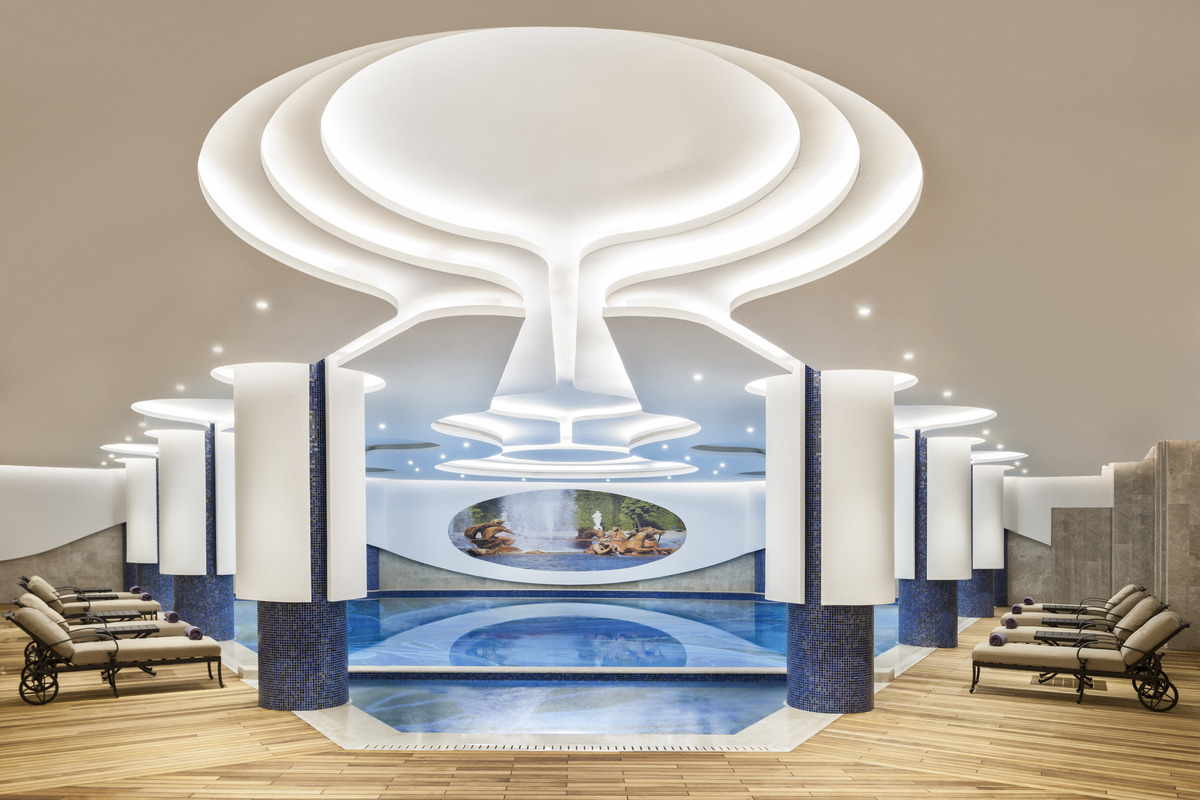
The scene might feel familiar, and it’s about to get even more meta. Northern Cyprus, the burgeoning resort casino capital of the Mediterranean, has positioned itself to become the “new Monte Carlo,” a place for high rollers and yachting enthusiasts to stay, sail, play and maybe even risk it all in glitzy spaces that have the throwback glam of a James Bond film.
The southern portion of the island, often referred to as Greek Cyprus, boasts Europe’s largest gaming resort, the breathlessly named City of Dreams. From Hong Kong gambling powerhouse Melco, the facility has 14 floors, 1,000 slot machines, 100 gaming tables, nine restaurants, and its own family adventure park.
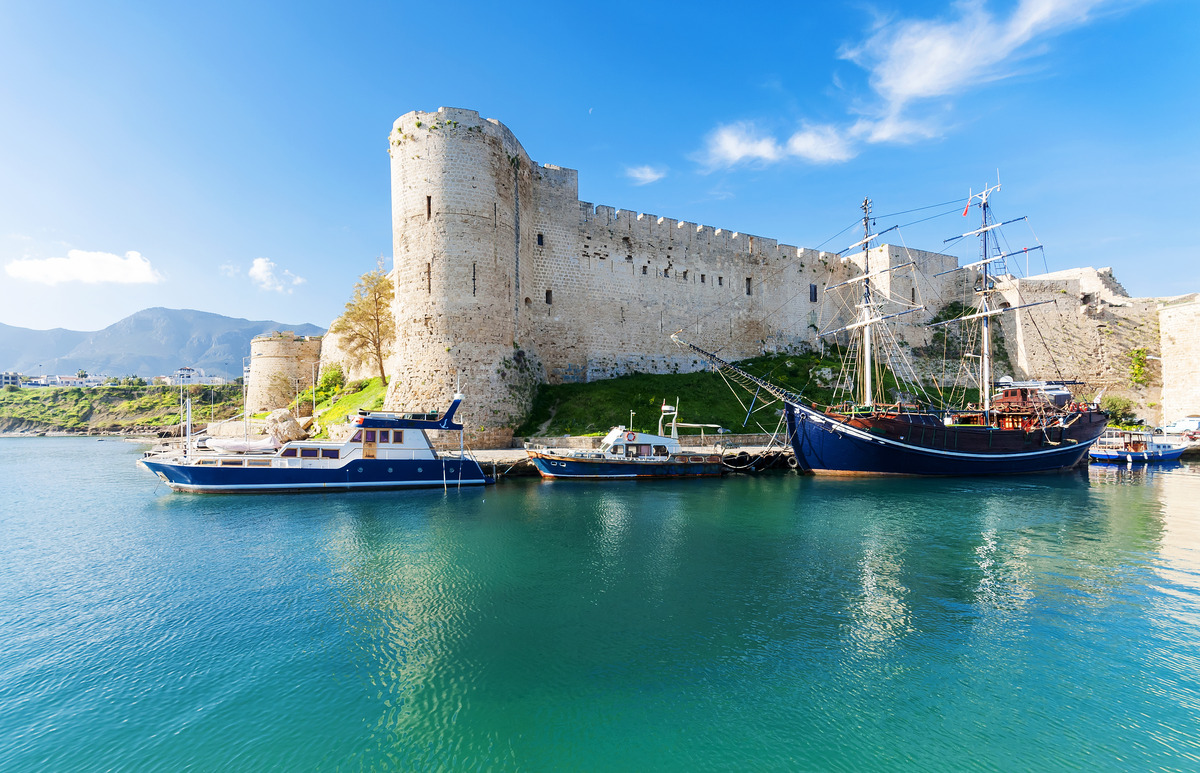
But that hasn’t stopped northern third of the island, self-declared by the government of Turkey as the Turkish Republic of Northern Cyprus, from angling for a piece of the industry pie—which exceeds $100 billion annually in Europe, an increase of eight percent since before the pandemic, according to the European Gaming & Betting Association. The island’s industry traces its roots to an investment from Cypriot-born Erbil Arkin, who opened the island’s first casinos in the mid-1980s, in a bid to create the “Las Vegas of the Middle East.”
The Turkish government has since capitalized on the momentum, sinking significant funding into Northern Cyprus and courting a variety of resort brands. Its efforts have resulted in the building of 32 resort casinos, which employ roughly 80,000 people, in a region only slightly smaller than Rhode Island. Two more are in development for 2024, with another pair to launch in 2026.
The newest to date is Kaya Palazzo, in Kyrenia. It debuted pre-pandemic, only to be shuttered until its grand reopening in 2023. “Casino tourism is developing every year in Northern Cyprus,” says Kaya Palazzo Sales Supervisor Mustafa Kirtas. He believes the island has a “big geographical advantage” compared to the other popular casino destinations, namely 11 months of sunny weather, historic sights and plentiful activities within close proximity. Another bonus: the current record-low exchange rate of the Turkish lira against the dollar.
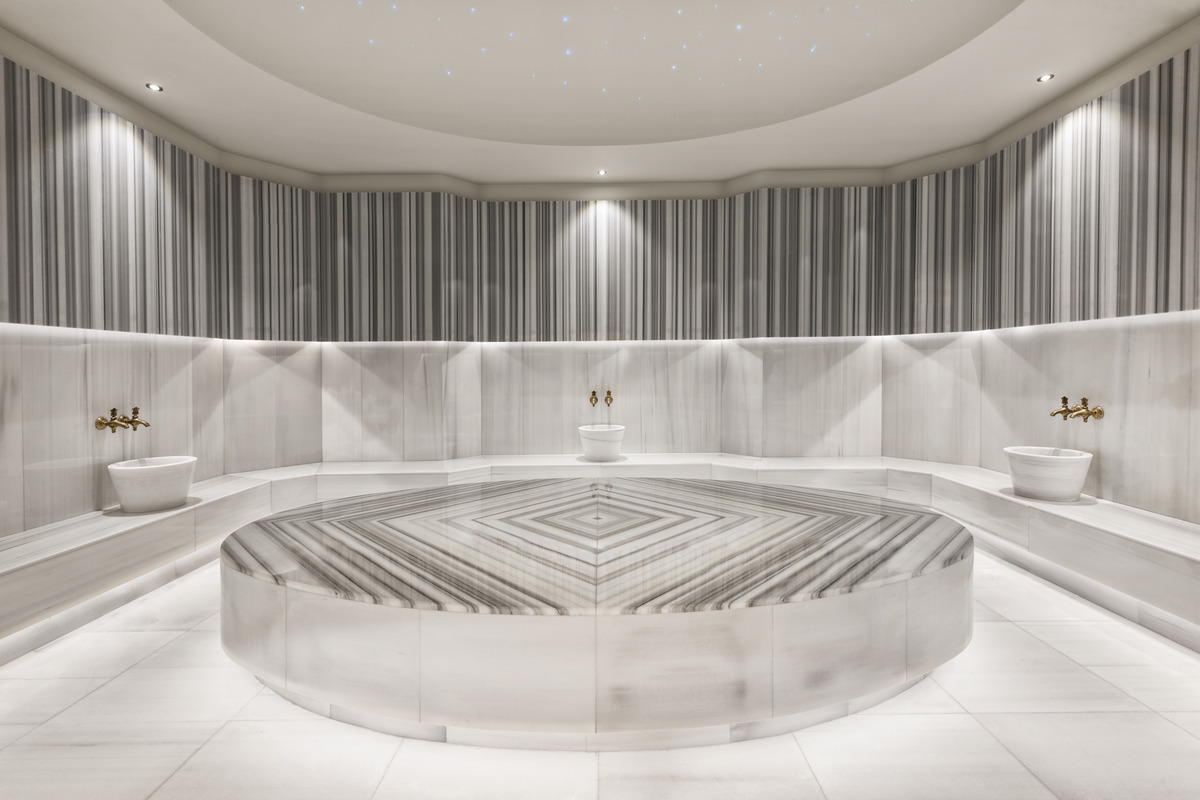
Gambling was outlawed by Turkey’s conservative religious majority until 2019. Once the government changed its tune, the money began rolling in. Over the past five years, visitation numbers to Northern Cyprus’s casinos have ballooned to 400,000, raking in $300 million dollars annually—an “economic lifeline” for the mainland, according to an analysis by the Agence France-Presse.
This has stoked fears of a darker type of tourism. For its part, the government of Northern Cyprus has taken a proactive stance, including, Kirtas says, “establishing clear regulations that. . . ensure fair play, player protection and stringent measures against money laundering.”
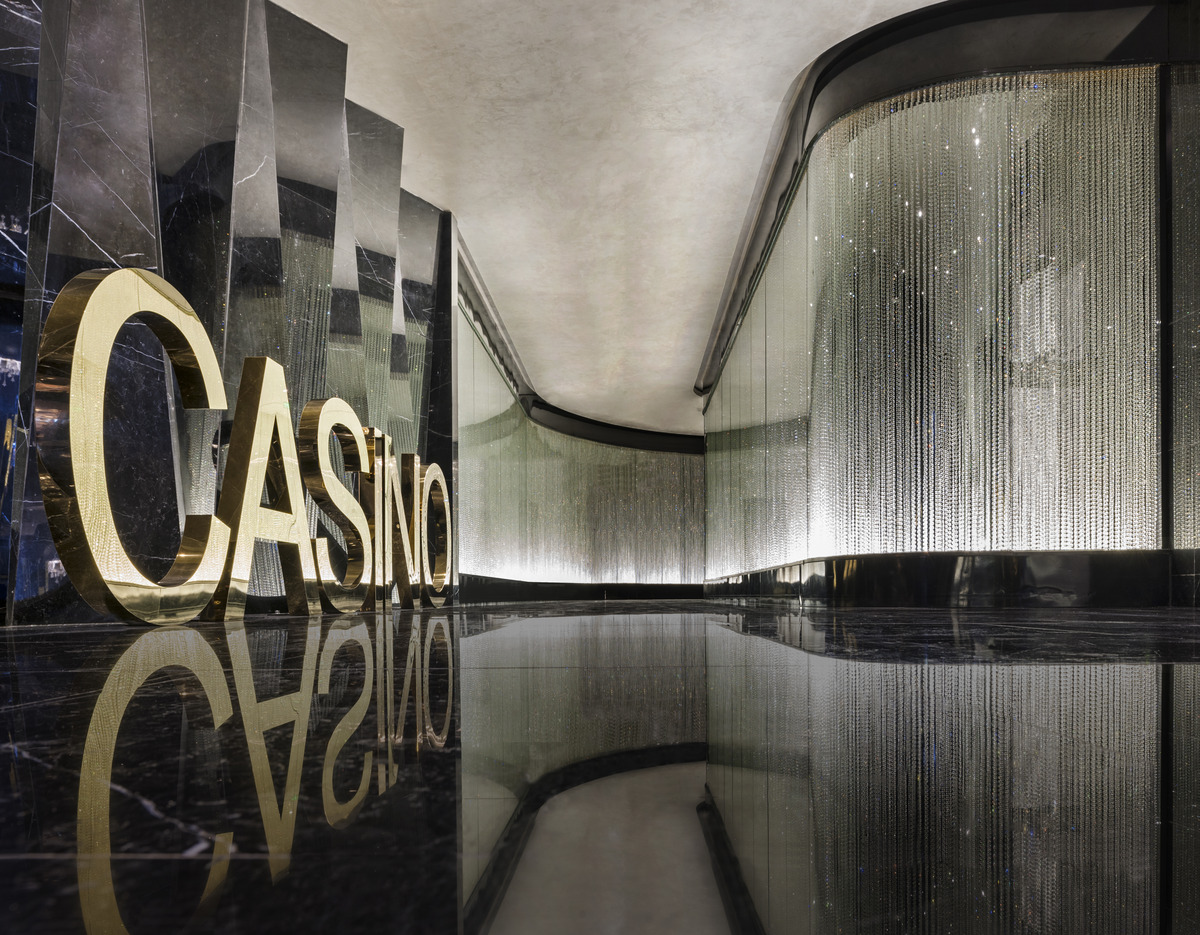
It remains to be seen whether the runaway success of the Northern Cyprus gaming industry will stoke new tensions on the island, which has been divided between Greek and Turkish factions since 1974. Still, it’s hard to deny the appeal of the north’s resort casinos, which blend the thrill of the tables with an extravagant dose of Turkish hospitality.
Kaya Palazzo, for example, was inspired by the design of the Palace of Versailles, with majestic rectilinear architecture, genteel gardens overlooking the Mediterranean Sea and interiors to rival the plushest European manor house. King Suite Sea View Rooms (starting at $1,200/night) are larger than the average New York apartment at 1,300 square feet, and have velvet-upholstered seating areas, window-view jacuzzi tubs and generously appointed his-and-hers bathrooms. The hotel offers four additional classes of suites. The most decadent is the Royal Spa Suite Swim-Up Room (starting around $3,000/night). At 3,200 square feet, it sports three bedrooms, two jacuzzis, three bathrooms, a private swim-up pool and its own hammam, steam bath and massage room.
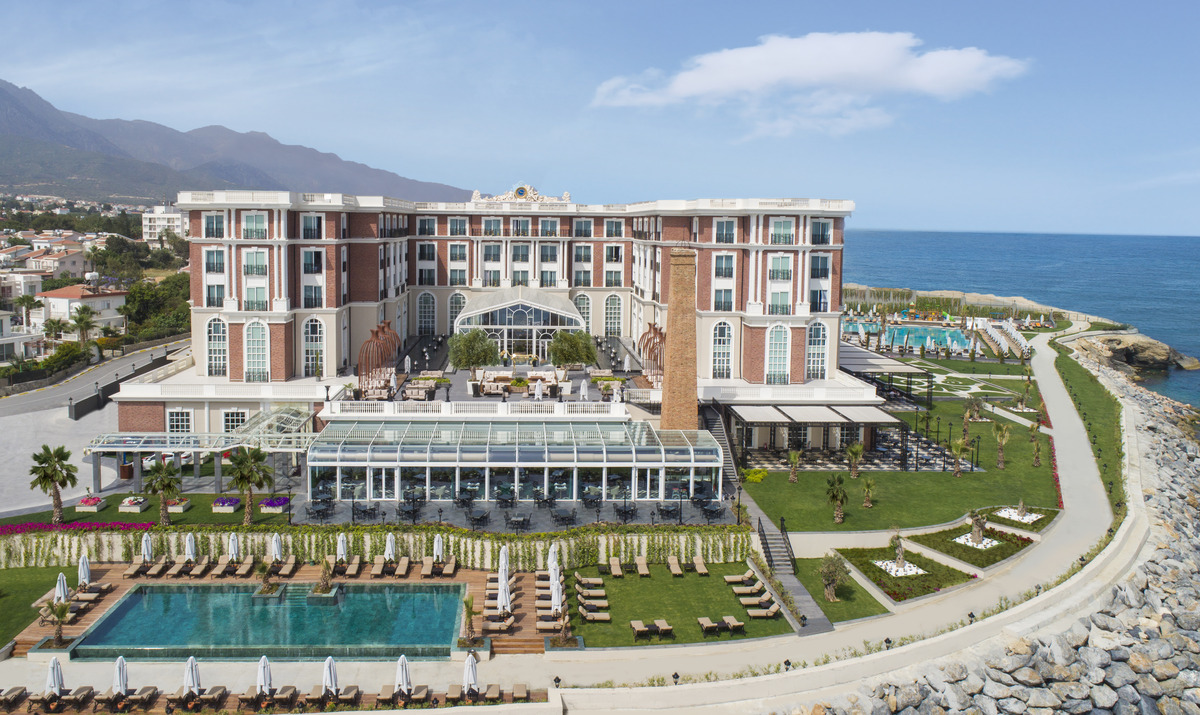
No matter the suite class, accommodations come with the assistance of a private butler, coffee and tea service, and a five-tiered dessert tray that features handmade delicacies like baklava, helva, chocolate truffles and Turkish delight studded with pistachios, saffron or rose petals.
Among Kaya Palazzo’s amenities, five a la carte restaurants serve everything from multicourse traditional Turkish foods to contemporary twists on Italian classics. Guests can reserve a waterfront cabin with overwater hammock, or be chauffeured into downtown Kyrenia in one of the hotel’s fleet of BMWs for sightseeing, boutique shopping or offsite sips and bites at hip new culinary hotspots. Kaya Palazzo’s on-premise spa ups the ante with more than a dozen choices of aesthetic services and bodywork treatments, including an authentic Turkish hammam.
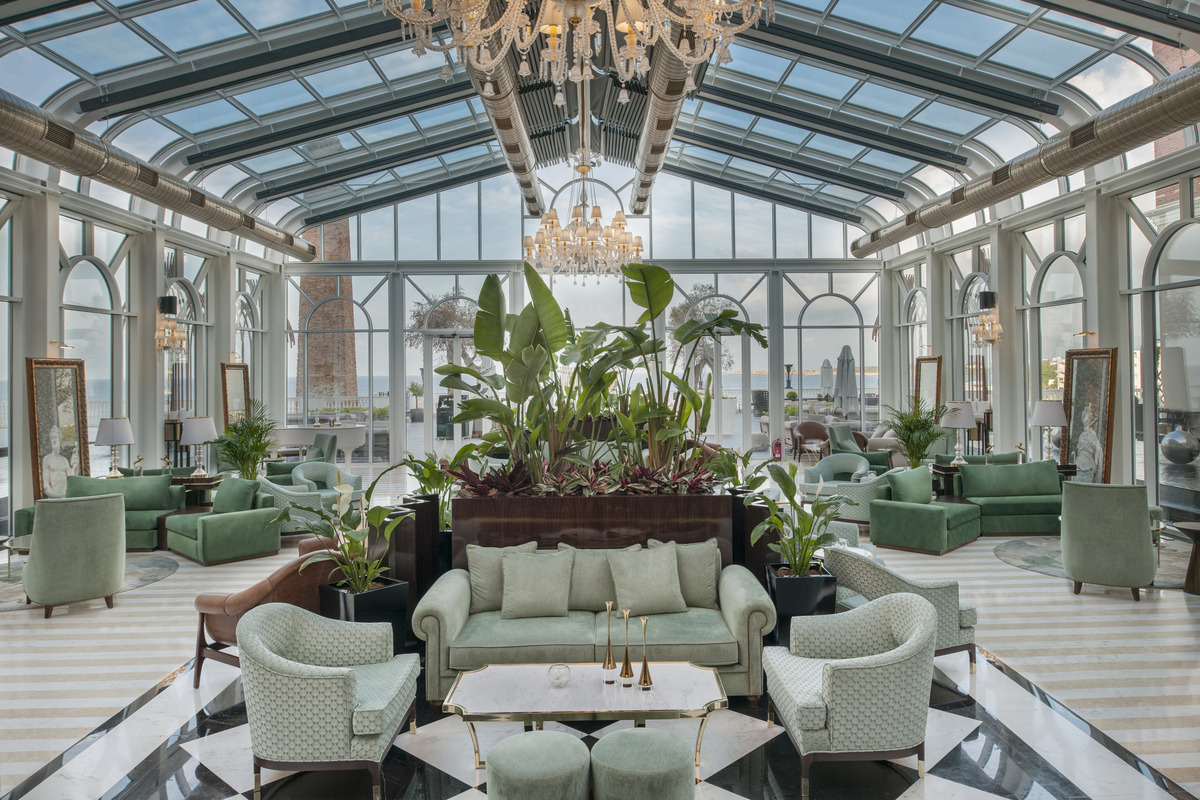
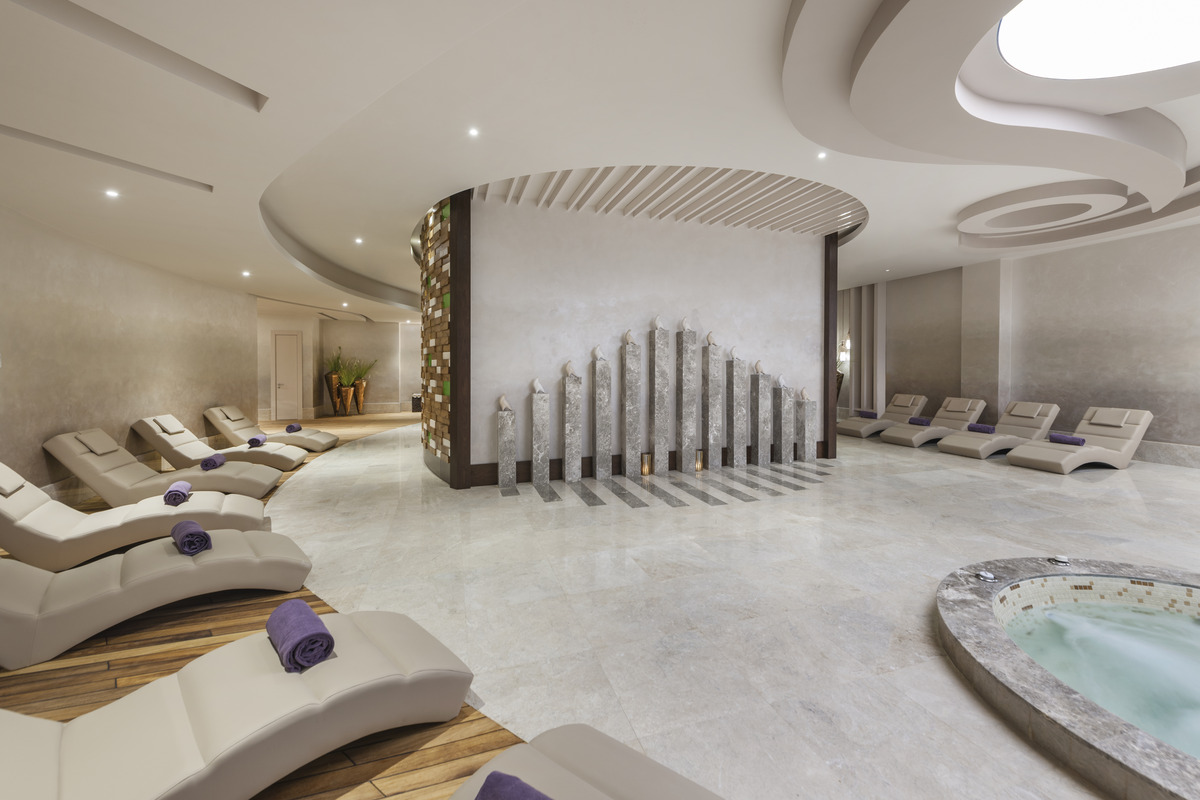
Time will tell if the destination will be mentioned in the same breath as Monte Carlo or Las Vegas. But for now, Northern Cyprus has managed to capture the imagination of adventurous spirits who seek untold riches—of both the financial and cultural variety.
Looking for more luxury destinations? Check them out here.

